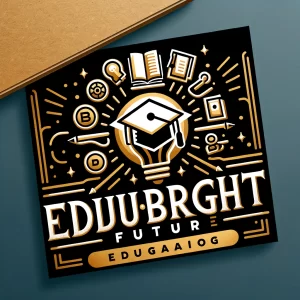Introduction
In our increasingly globalized world, multicultural education is becoming more crucial in early childhood settings. It teaches young learners about diversity, tolerance, and the value of different cultures, preparing them to thrive in a diverse society. By integrating a multicultural approach, educators can help children develop the skills and attitudes necessary to live and work in a world that is rich in diversity.
Understanding Multicultural Education
Multicultural education involves incorporating diverse cultural perspectives into the daily learning environment. It goes beyond merely celebrating international days; it integrates a broad spectrum of cultural viewpoints into all aspects of learning. This comprehensive approach ensures that children see their own cultures reflected in the curriculum while also learning about the cultures of their peers.
Benefits of Multicultural Education
Fosters Inclusivity
Children learn to respect and appreciate differences, promoting inclusivity and reducing biases from an early age. When children are exposed to diverse cultures in a positive and educational manner, they are more likely to develop inclusive attitudes and behaviors. This foundational respect for diversity can help reduce prejudices and promote a more harmonious society.
Enhances Social Development
Exposure to diverse cultures helps children develop empathy and social skills, crucial for personal and professional success. Learning about different ways of life, traditions, and beliefs fosters empathy, allowing children to better understand and relate to others. These social skills are vital for forming strong relationships and working effectively in diverse teams.
Broadens Perspectives
Multicultural education introduces children to a wider world view, encouraging curiosity and open-mindedness about new experiences and people. It helps children understand that there are many ways to see the world and solve problems, which enhances their critical thinking and creativity. This broadened perspective can lead to greater innovation and adaptability in their future personal and professional lives.
Implementing Multicultural Education
Curriculum Design
Including books, stories, and activities that reflect a variety of cultures and languages is essential. This ensures that children from different backgrounds see themselves represented and valued in their learning environment. Diverse books and materials can also help children learn about the experiences and traditions of others, fostering a deeper understanding and appreciation of different cultures.
Celebrating Diversity
Regularly celebrating cultural festivals and days from around the world can enhance cultural awareness. These celebrations provide opportunities for children to learn about the customs, foods, music, and traditions of various cultures in an engaging and enjoyable way. Such events can be incorporated into the curriculum through crafts, music, storytelling, and cooking activities that highlight different cultural traditions.
Engaging Communities
Involving community members from various backgrounds to share their cultures and experiences with children can bring multicultural education to life. Inviting guest speakers, organizing cultural workshops, and creating partnerships with local cultural organizations can provide authentic and enriching experiences for children. These interactions can help children see the real-world relevance of what they are learning and develop meaningful connections with their community.
Challenges and Solutions
While implementing multicultural education, educators may face challenges such as limited resources or lack of training. To overcome these obstacles:
- Professional Development: Investing in professional development in cultural competence for teachers is crucial. Workshops, courses, and training sessions can equip educators with the knowledge and skills to effectively teach and celebrate diversity.
- Resource Allocation: Schools can allocate funds specifically for multicultural materials and activities. Grants and community partnerships can also provide additional resources and support.
- Community Involvement: Engaging parents and community members can help create a rich tapestry of cultural experiences without significant financial investment. Volunteers from diverse backgrounds can share their stories, traditions, and expertise.
Conclusion
Embracing multicultural education in early childhood sets the stage for a more inclusive and understanding society. It equips children with the skills to navigate and appreciate the rich tapestry of the global community, making it a vital part of modern education. By fostering inclusivity, enhancing social development, and broadening perspectives, multicultural education helps build a foundation for children to become empathetic, open-minded, and culturally aware individuals. Integrating these principles into early education ensures that the next generation is prepared to thrive in an increasingly interconnected and diverse world.
